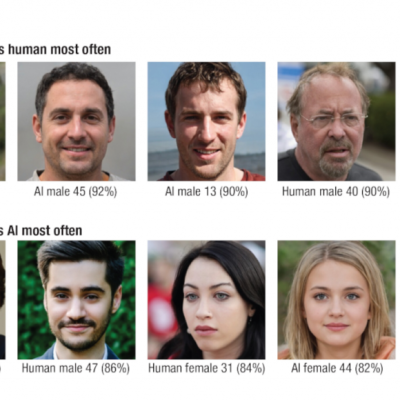A new non-invasive system has been developed that can translate basic thoughts into continuous text using functional magnetic resonance imaging (fMRI) and artificial intelligence (AI). Brain-computer interfaces (BCI) have been developed to transform brain activity into language or motor signals, but the most successful approaches have required invasive electrode implants. The new system, developed by scientists at the University of Texas, uses fMRI to visualise blood flow and brain activity, combined with AI to translate the data into language. During the preparation phase, participants listened to 16 hours of different stories while their brain activity was recorded. The AI was trained to recognise the semantic content of the thoughts and convert them into verbal communication.
The results of the non-invasive method were significantly better than previous attempts, with some decoded sentences similar to the original thoughts. However, the accuracy decreased when participants did not actually hear the story or when they watched an animated silent film. The researchers believe that the results provide a basis for future investigations that could enable communication for locked-in patients. However, the fMRI system is unsuitable for this purpose, as patients would need to lie in a large and expensive machine to record brain scans. The technology could be adapted to portable systems such as functional near-infrared spectroscopy (fNIRS), which measures blood flow in the brain.
The researchers have also addressed concerns about the technology being used to read a person’s thoughts without their consent. The experiments showed that the system only worked on the person who had been trained over several hours and actively participated in the process. The researchers are also working to ensure that the technology is not misused. While the results are promising, the system is not yet accurate enough for critical applications such as communication for locked-in patients. The researchers believe that the technology could be improved with further research and development.










